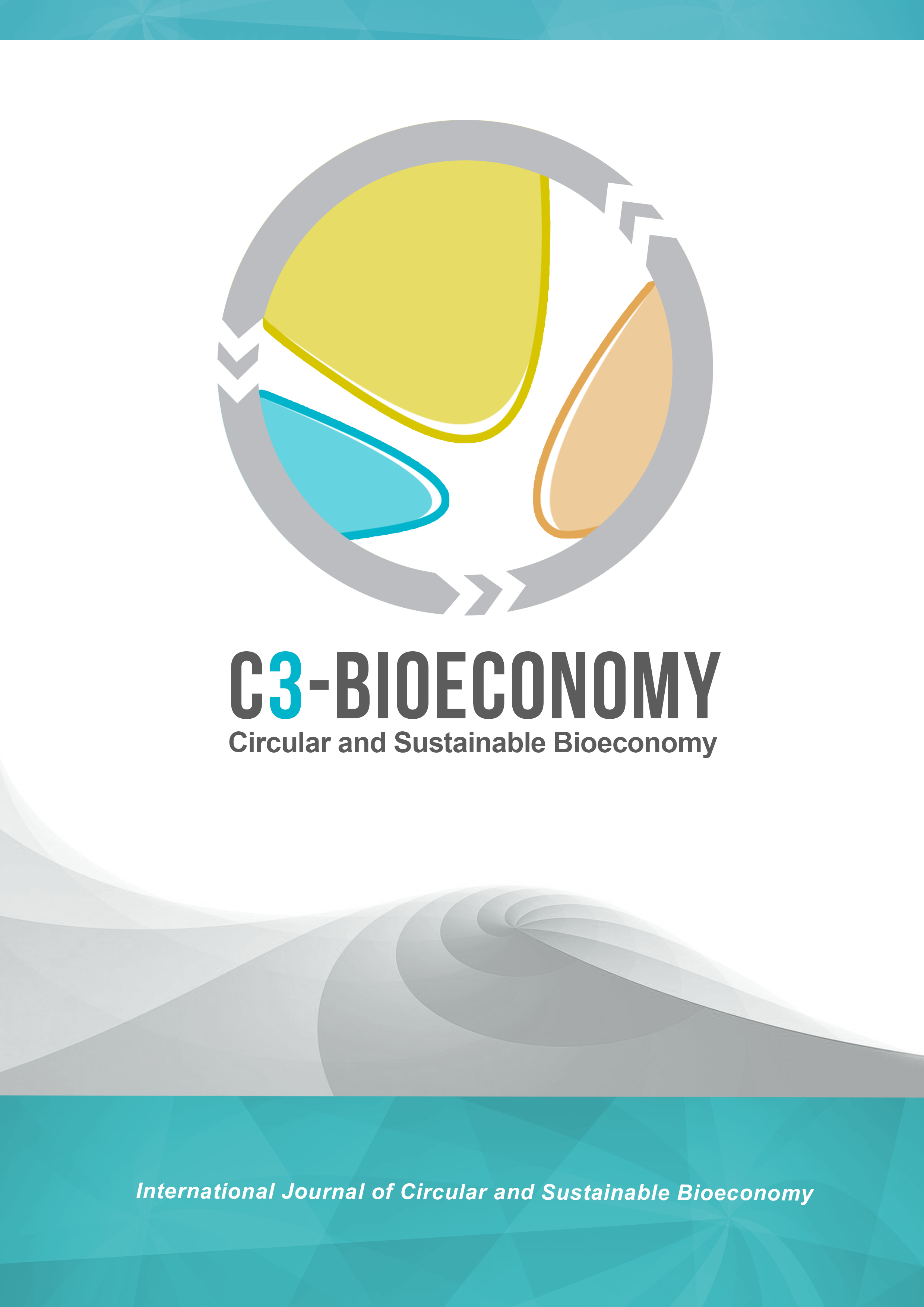Towards the forest bioeconomy in Peru: value chain, technological trends, and human capital needs
Main Article Content
Abstract
This paper deals with the analysis of the performance on Peru’s forestry, from the perspective of the links of its value chain, global technology trends that are impacting this industry and the availability of human capital. This piece of research is based in the review of official documents, an interview conducted with experts and opinion leaders, and a consensus-building workshop with the participation of representatives of industry, government and academia. One main conclusion is that Peru does not take full advantage of its forest resources mainly because the value chain is not well articulated, with clear weaknesses in the transformation link. Due to very conservative attitudes and lack of resources, innovations are not adopted; and a there is a gap between supply and demand of human capital at all levels. Peru needs a new development strategy incorporating the concept of basin management for territorial development, strengthening of the education and training programs, and a sound investment plan with a long range approach. Adoptions of innovations along the value chain is critical for Peru to make the transition to a forest bioeconomy able to yield positive socioeconomic impacts.
Downloads
Publication Facts
Reviewer profiles N/A
Author statements
Indexed in
-
—
- Academic society
- N/A
- Publisher
- Universidad de Córdoba
Article Details

This work is licensed under a Creative Commons Attribution-NonCommercial-NoDerivatives 4.0 International License.
Proposed policy for journals offering open access. Those authors who publish in this journal accept the following terms:
a) Authors will retain their copyrights, but guarantee the journal the right to the first publication of their work, which will be simultaneously subject to the Creative Commons Recognition License , which allows third parties to share the work provided that the author and initial publication in this journal is indicated.
b) Authors may subscribe other non-exclusive license agreements for the distribution of the work published (for example: place it in an institutional electronic archive, or publish it in a topical volume) provided that the initial publication in this journal is duly noted.
Authors are allowed and even encouraged to disseminate their work via the Internet (e.g., in institutional electronic files or on their website) before and during the submission process, as this can foster valuable exchanges and increase citations of the work published. (See The effect of open access).
References
Arce, J. (2021). Dynamics and capacities of the Peruvian forestry sector. (J. L. Solleiro, Interviewer)
CEPAL. (2014). Strengthening value chains as an instrument of industrial policy. Methodology and experience of ECLAC in Central America. Santiago de Chile: United Nations.
FA0. (2020). Global Forest Resources Assessment. Recovered from: https://fra-data.fao.org/PER/fra2020/home/
FAO. (2018). The wood industry in Peru. Lima: FAO. Recovered from: http://www.fao.org/3/I8335ES/i8335es.pdf
Govermment of Canada (2020). Forest pest management. Recovered from: https://www.nrcan.gc.ca/our-natural-resources/forests-forestry/wildland-fires-insects-disturban/forest-pest-management/13361
ITP. (2021). Red CITE. Recovered from: https://www.itp.gob.pe/nuestros-cite/
Kaplinsky, R. (2004). Spreading the gains from globalization: What can be learned from value-chain Analysis?. Journal of Development Studies, 47(2), 74-115.
King, G., Keohane, R., & Verba, S. (2012). The design of social research. The scientific inference of qualitative studies. Madrid: Editorial Alliance.
Ludvig, A., Zivojinovic, I., & and Hujala, T. (2019). Social Innovation as a Prospect for the Forest Bioeconomy: Selected Examples from Europe. Forests, 10, 878. doi:10.3390/f10100878
MAAP. (2021). MAAP No. 139: ILLEGAL LOGGING IN THE PERUVIAN AMAZON - A NEW FLAGSHIP CASE. Recovered from: https://maaproject.org/2021/tala-ilegal-peru-wtf/
MINAGRI. (2016). Production evolution of the forestry sector. Lima: General Directorate of Agrarian Policies.
MINCETUR. (2018). Commercial Report of Wood Products. Lima: Directorate General for Research and Studies on Foreign Trade. Recovered from: https://www.mincetur.gob.pe/wpcontent/uploads/documentos/comercio_exterior/estadisticas_y_publicaciones/estadisticas/exportaciones/Reporte_Comercial_Productos_Forestales.pdf
MTPE. (2019). Wood production chain: Frequent occupations and training offer at the national level. LIMA: MTPE. Recovered from: https://cdn.www.gob.pe/uploads/document/file/469920/Estudio_de_la_Cadena_Productiva_de_la_Madera.pdf
PRODUCE. (2006). Strategic guidelines to promote forestry development in Peru. Lima.
Rodríguez, A., & Kometter, R. (2012). Diagnosis of the Value Chain of the Timber Forest Sector in the Ucayali Region. Lima: ILO.
SERFOR-GIZ. (2016). Study of the educational supply and labor demand in the forestry sector at the national level. Lima: SERFOR.
SINEACE (2020). List of authorized labor skills certification centers. Recovered from: https://cdn.www.gob.pe/uploads/document/file/1472945/Listado%20de%20Centros%20de%20Certificaci%C3%B3n%20de%20Competencias%20Laborales%20Autorizados.pdf
SUNEDU. (2020). University Information System. Recovered from: https://www.tuni.pe/
Tamariz, G. (2021). Dynamics and capacities of the Peruvian forestry sector. (M. Sánchez, Interviewer)
Tarrés, M. (2015). Observe, listen and understand about the qualitative tradition in social research. México: The College of Mexico
Teischinger, A. (2010). The development of wood technology and technology developments in the wood industries – from history to future. European Journal of Wood and Wood Products, doi: 10.1007/s00107-010-0458-2
UNIQUE. (2015).Value chains in the Peruvian forest sector. Freiburg: UNIQUE. Recovered from:https://www.unique-landuse.de/images/publications/vereinheitlicht/Cadenas_de_valor_en_el_sector_forestal_del_Peru.pdf
USAID-SERFOR (2019). Timber forest products. Explanatory guide for your identification. Lima. National Library of Peru


